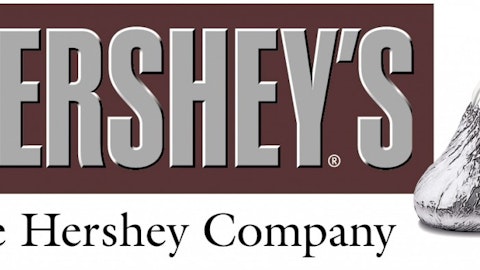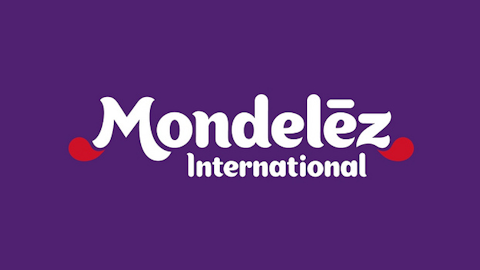Ever since the financial crisis broke out in 2008, central banks have engaged in the practice of money printing in order to fuel the economy and avoid stagnation. One of the great concerns voiced by many is that this practice is bound to lead to a currency devaluation and rising inflation. Investors are terrified that their hard-earned cash will be simply inflated away by the government. Everyone wants to hedge their money one way or another.

The majority of the investing population seeking a proper hedge for their cash has found it in the metal sector. The papers are full of praises for metals such as gold and silver. The most daring ones even propose copper or uranium, which are more volatile by nature, but provide a better hedge against devaluation. Indeed, precious metals have outperformed the general market by far. Gold, for instance, has outperformed the SPY 500 by 230% over the past decade. That is a phenomenal beat. But precious metals have become expensive and too correlated with the over-all performance of the stock market. I’m going to offer a cheaper, much tastier, inflation hedge.
The uncommon hedge
The tasty hedge that I’m about to suggest is loved by many. In fact, it’s so tasty that many of us are willing to pay a little extra premium with every year that passes. And this precisely, is the ultimate hedge, as well as edge, of this commodity. The commodity I’m writing about is chocolate.
Laws of demand and supply
What’s unique about chocolate, compared to other manufactured foods, is that its key ingredient – cocoa is concentrated in one, tiny politically volatile country. This country is the Ivory Coast which controls 40% of the world’s cocoa bean supply. This fact alone assures that supply will always be a little tricky. On the demand front, Asian counties have just barely begun consuming the brown stuff. Now that annual income per head is starting to rise, many more are sure to get hooked to this sweet commodity. Tight supply and high demand assure that prices will be on a continuous rise. But these facts alone do not imply that chocolate is a proper hedge against monetary expansion.
Who benefits from this trend
The Candyblog displayed a very interesting graph of the price of candy over the last century. Take a look at the graph here. The graph tells us the whole story. It visualizes the size of bar (green line), price of a bar (orange line) and price per ounce (brown line) over the last 100 years, for a The Hershey Company (NYSE:HSY) chocolate bar.
The trend is clear to see. Chocolate bars have beaten inflation easily over the past 100 years and are likely to continue and do so in the future.
But you might say to yourself – perhaps it’s not the chocolate, it’s only the company (Hershey) that led to these phenomenal pricing dominance. Well, it’s not. All across the board, global chocolate manufacturers have been able to exercise pricing dominance. You know this by looking at how their shareholders have fared. As you can see from the graph below, the chocolate manufacturing sector has easily beaten the Dow Jones Index.
Hershey, priced at a P/E of 27x and price/sales of 2.7 is the clear winner by 60% (!). Nestle SA Reg Shs. Ser. B Spons (NASDAQOTH:NSRGY), priced at a P/E of 21 and price/sales of 2.4 comes in second with a 30% beat. Third comes Rocky Mountain Chocolate Factory, Inc. (NASDAQ:RMCF), priced at a P/E of 28 and price/sales of 2 with a 20% beat. At fourth place and in line with the Dow comes Kraft Foods Group Inc (NASDAQ:KRFT), priced at a P/E of 14 and price/sales of 1.4. For the sake of clarity, it is worth mentioning that Kraft is only posted here due to its buyout of Cadbury, the giant British chocolate company two years ago. I believe that Kraft will only truly experience the tasty results from this buyout a couple of years down the road. In specific, I believe that following the assimilation of Cadbury, Kraft’s gross profit margin (currently- 10%) stands to improve towards the 12%-15% area as a result of the highly lucrative chocolate business.
It’s also worth noting that not only the mega-cap chocolate companies benefit from the chocolate trend. Even smaller companies such as Rocky Mountain above have been able toincrease their total revenue by 4.3% and 6.2%, in the third quarter and nine-month period, respectively. This increase in revenues did not come at the expense of gross profit margins. The gross profit margin improved to 34.9% and 37.8% in the third quarter and nine-month period, respectively. This goes to show you just how profitable these chocolate businesses really are.
The Fool looks ahead
Where ever you turn, you might face the danger of slowly eroding the value of your money. I believe that chocolate and global chocolate manufactures, and not necessarily precious metals, present an interesting hedging opportunity.
The article Protect Yourself With This Ultimate Inflation Hedge originally appeared on Fool.com and is written by Shmulik Karpf.
Copyright © 1995 – 2013 The Motley Fool, LLC. All rights reserved. The Motley Fool has a disclosure policy.

